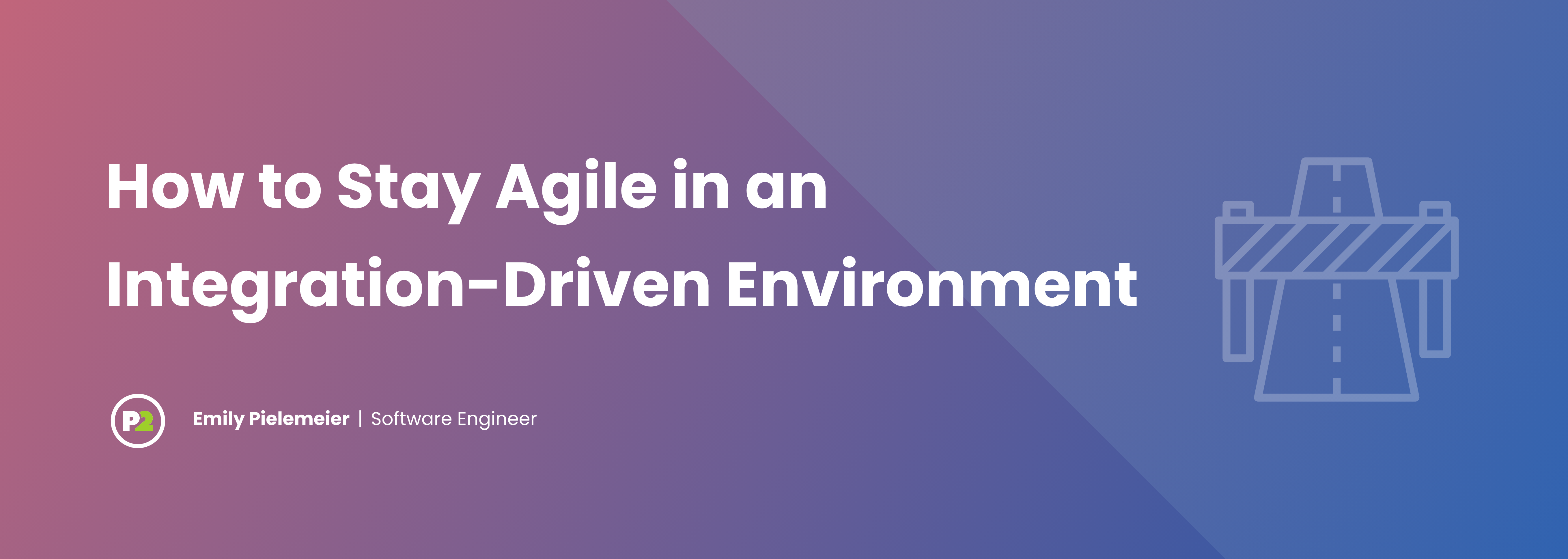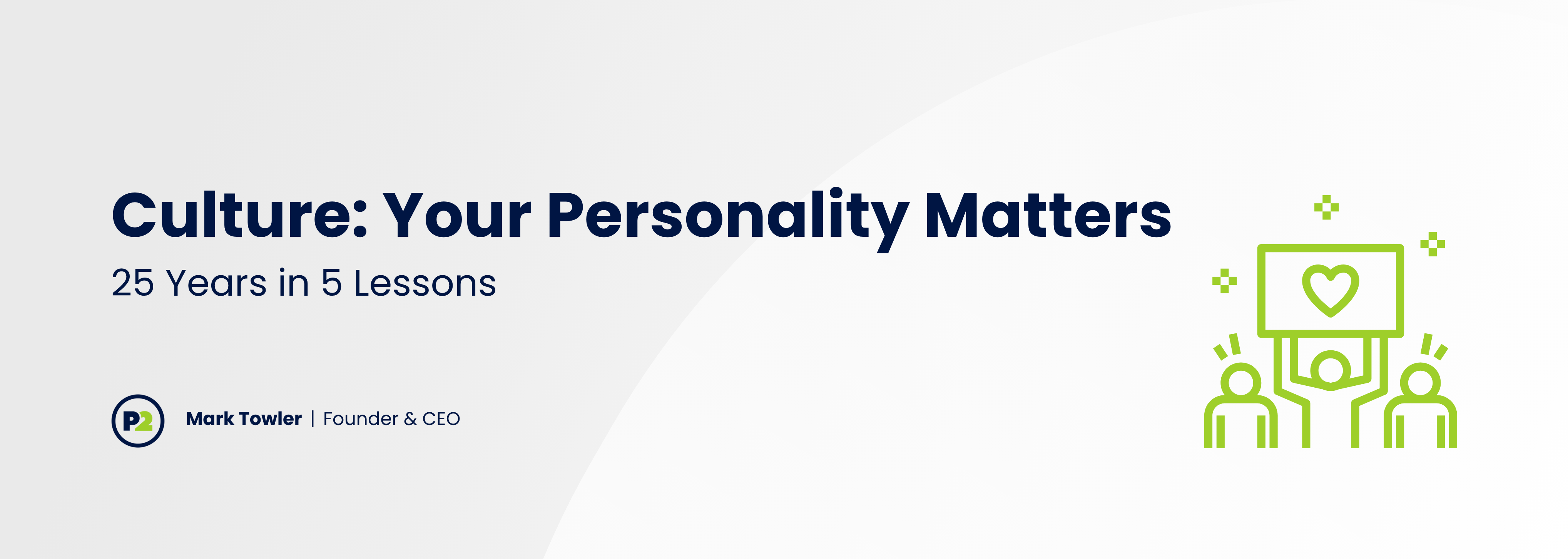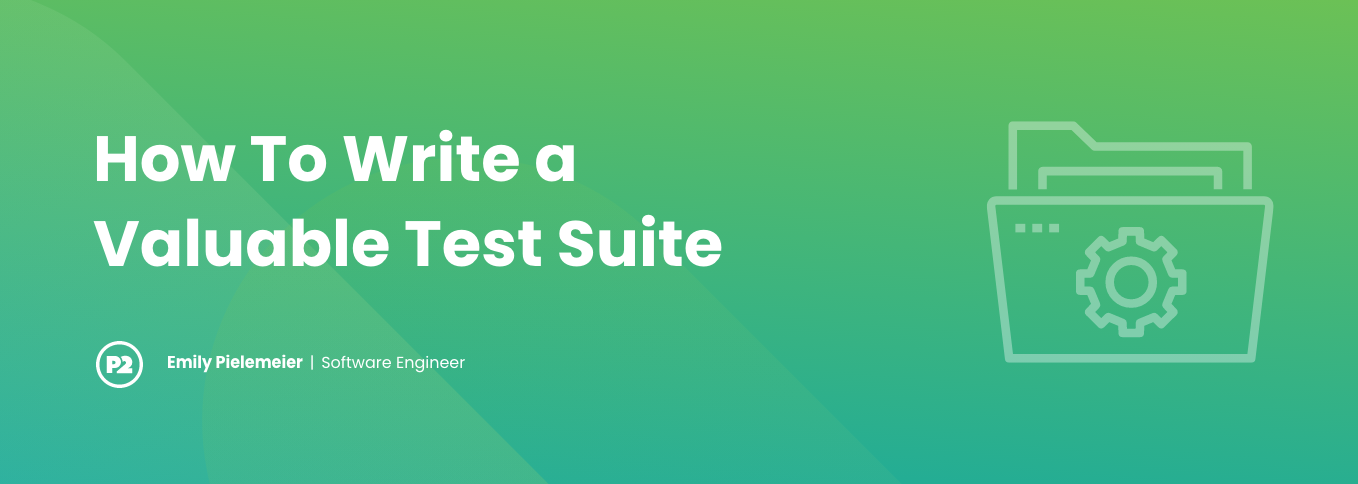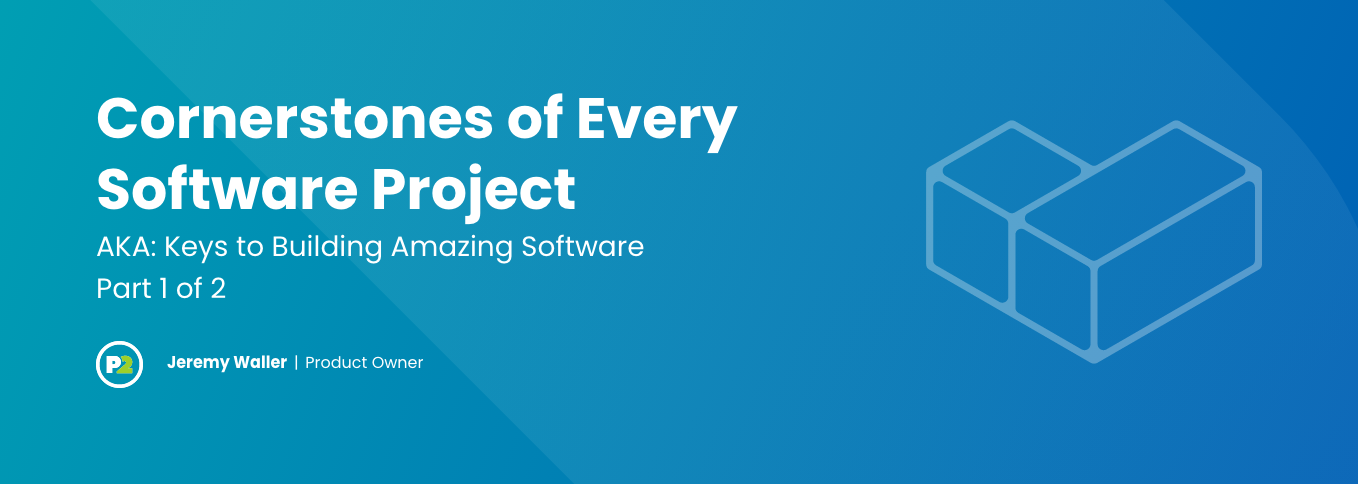How to Stay Agile in an Integration-Driven Environment
Software engineering as an industry has shifted away from waterfall software development life-cycle practices to embrace an agile model of iterative development. The added flexibility and collaborative focus of the agile methodology allows for increased efficiency and adaptability during software development discovery so you can streamline and accelerate the delivery of your products. For teams who have been deeply entrenched in the waterfall mindset, switching to a leaner approach can seem daunting. Phase 2’s approach aims to build trust through transitions...
Read Post




